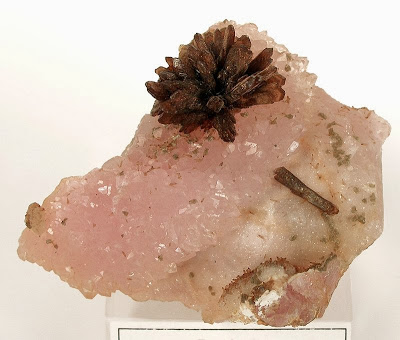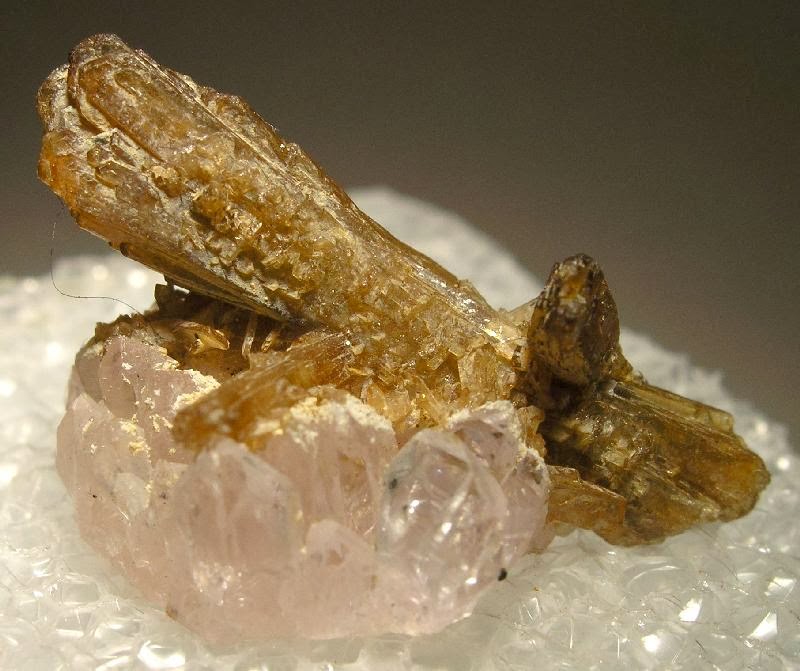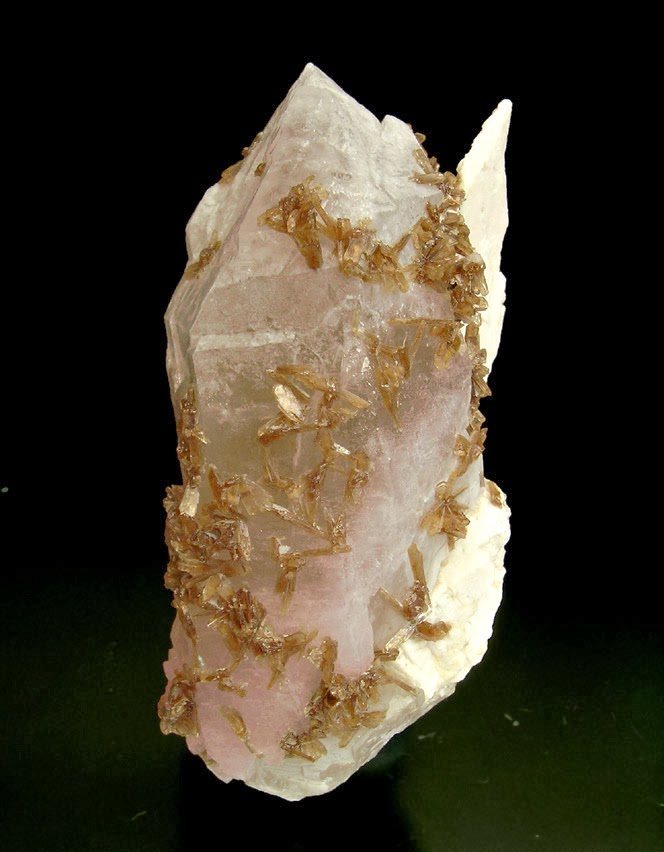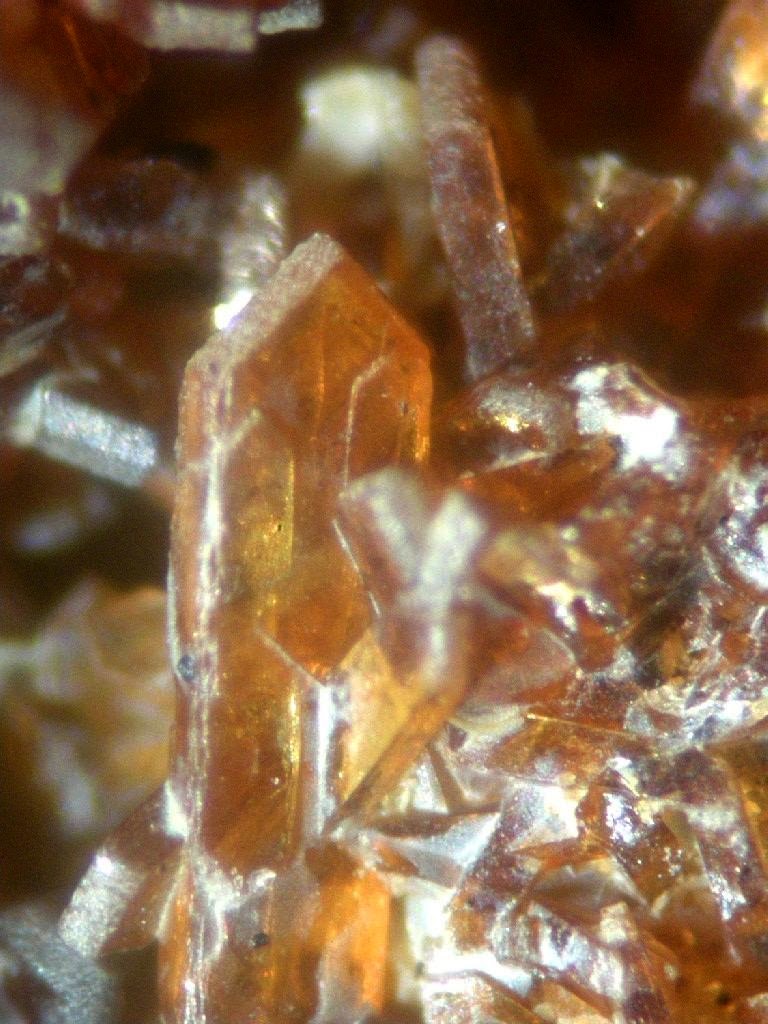
Locality: Branchville, Fairfield County, Connecticut, USA.
Name Origin: Named from the Greek for “dawn-bearing,” in allusion to the pink color.Eosphorite is a pink manganese hydrous phosphate mineral with chemical formula: (Mn,Fe)Al(PO4)(OH)2 · H2O.
Eosphorite crystallizes in the monoclinic crystal system. It forms slender prismatic crystals which often form radiating or spherical clusters. The crystals often show pseudo–orthorhombic forms due to twinning.
Eosphorite forms a series with childrenite, the iron rich member, with divalent iron replacing most of the manganese in the crystal lattice. The two endmembers are isostructural but differ in their properties, such as crystal habit, coloration, and optical properties.
It was first described in 1878 for an occurrence in the Branchville Mica Mine in Branchville, Fairfield County, Connecticut, USA. Its name is derived from the Greek έωσφορος for “dawn-bearing,” because of its pink color. It occurs worldwide typically as a secondary mineral in phosphate rich granitic pegmatites in association with rhodochrosite, lithiophilite, triphylite, triploidite, dickinsonite, albite, cookeite, apatite, beryllonite, hydroxyl-herderite, and tourmaline. An attractive combination of eosphorite and rose quartz occurs at Taquaral, Minas Gerais, Brazil.
Physical Properties
Cleavage: {100} Indistinct
Color: Light pink, Yellow brown, Light brown, Light yellow, Colorless.
Density: 3.06 – 3.1, Average = 3.08
Diaphaneity: Transparent to Translucent
Fracture: Conchoidal – Uneven – Uneven fracture producing small, conchoidal fragments.
Hardness: 5 – Apatite
Luminescence: Non-fluorescent.
Luster: Vitreous – Resinous
Streak: white
Photos :













